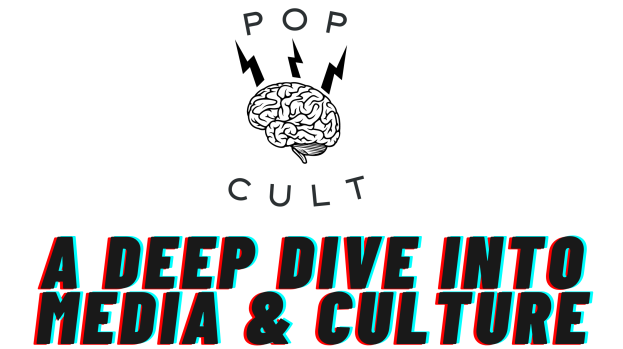This is a special reward available to Patreon patrons who pledge at the $10 or $20 a month levels. Each month those patrons will get to pick a film for me to review. They also get to include some of their own thoughts about the movie, if they choose. This Pick comes from Matt Harris.
Playtime (1967)
Written by Jacques Tati, Jacques Lagrange, and Art Buchwald
Directed by Jacques Tati
I had just watched this for the first time recently, but it was a close contender for my 40 Favorite Movies list. I don’t like to put recent first-time viewings on a list like that; I prefer for time to pass, to revisit the movies, and then decide if it has earned that spot. However, Playtime is one of the greatest films ever made, without a doubt. It delivers incredible cinematography, physical performances, sight gags, and production design. It’s hard to say there is much of a story here, but it doesn’t matter. The film’s title informs us that this is an exercise in cinematic play. Jacques Tati is influenced by the great physical comedians in all the best ways and distills what he learned from them into what is the closest I think we’ll ever get to Where’s Waldo on film.
Set in Paris, Playtime follows different characters during a single day in the city. The two primary characters are Barbara, an American tourist visiting with a group of middle-aged women & Mister Hulot, Jacques Tati’s film persona (think The Little Tramp). There are apparent sequences in the picture where the narrative manages to get the numerous characters into a single location for a bit. The movie opens at an airport, followed by an office building, a trade exhibition, the exterior of some fantastic-looking apartments, a newly opened restaurant, and finally a roundabout where the characters must part ways.
The first striking thing about Playtime is the color palette. Tati wanted the film to be in color but look like black & white. To accomplish this, he kept most of the colors in production design & costuming grey, blue, black, and greyish white with green & red as accent colors, making sure people and specific objects stand out. The next thing you’ll notice is that Tati shoots everything in medium shots on 70mm, which allows him to catch all of his actors in the fore & backgrounds so their movements can be captured. This is where the Where’s Waldo comparison comes in because there is so much happening in every single frame of this movie. It becomes a wonderful game to discover storylines happening in the background through the film.
Tati also comments on post-War modernism as technology seemed to overtake people’s lives in the 1950s and 60s. The Paris he shows us is not the beautiful city of lights, but a very corporate skyscraper plagued setting. The tour group remarks on how beautiful the Eiffel Tower is, and when the camera cuts to a shot of the monument, we see it dwarfed by a cookie-cutter office building. That same building shows up later at a travel agency whose posters advertise exotic locales. The catch is all the familiar landmarks are obscured by versions of this same towering construct. Doormen have to engage in overcomplicated intercom systems, and that newly opened restaurant becomes a total disaster as all the modern improvements go haywire on the guests and staff.
I personally enjoyed the smaller bits with Hulot best. There’s a sequence where he goes to an office building with the intent of meeting one of the men working there. Instead, he ends up in a waiting room surrounded by massive glass walls and becomes lost inside the building. The windows end up being so clean that he mistakes them for not being there at all. At one point, Hulot sees the reflection of the man he is looking for in the glass and assumes he must be the building across the way, and ends up walking into the industry trade show. There is a brilliant shot from above as Hulot gazes down on a series of cubicles trying to make sense of the path he needs to take to get out.
It would be easy to say Playtime is about how evil technology is, but I don’t think it’s that simplistic. Tati never shows technology to be easy but more of a frustration, an impediment to human connection. The film doesn’t posit that these devices will harm us, but it will take active human disengagement to absorb the world around us. In doing that, we discover a world full of people where there are no “main characters” but a cornucopia of stories going on, crossing over with each other or running parallel. Tati finds humor in human foibles and confusion and believes that ultimately we will connect with each other, even if it is for just a brief moment. No matter how small, those interactions have resonance and make us a part of each other’s lives.


One thought on “Patron Pick – Playtime”